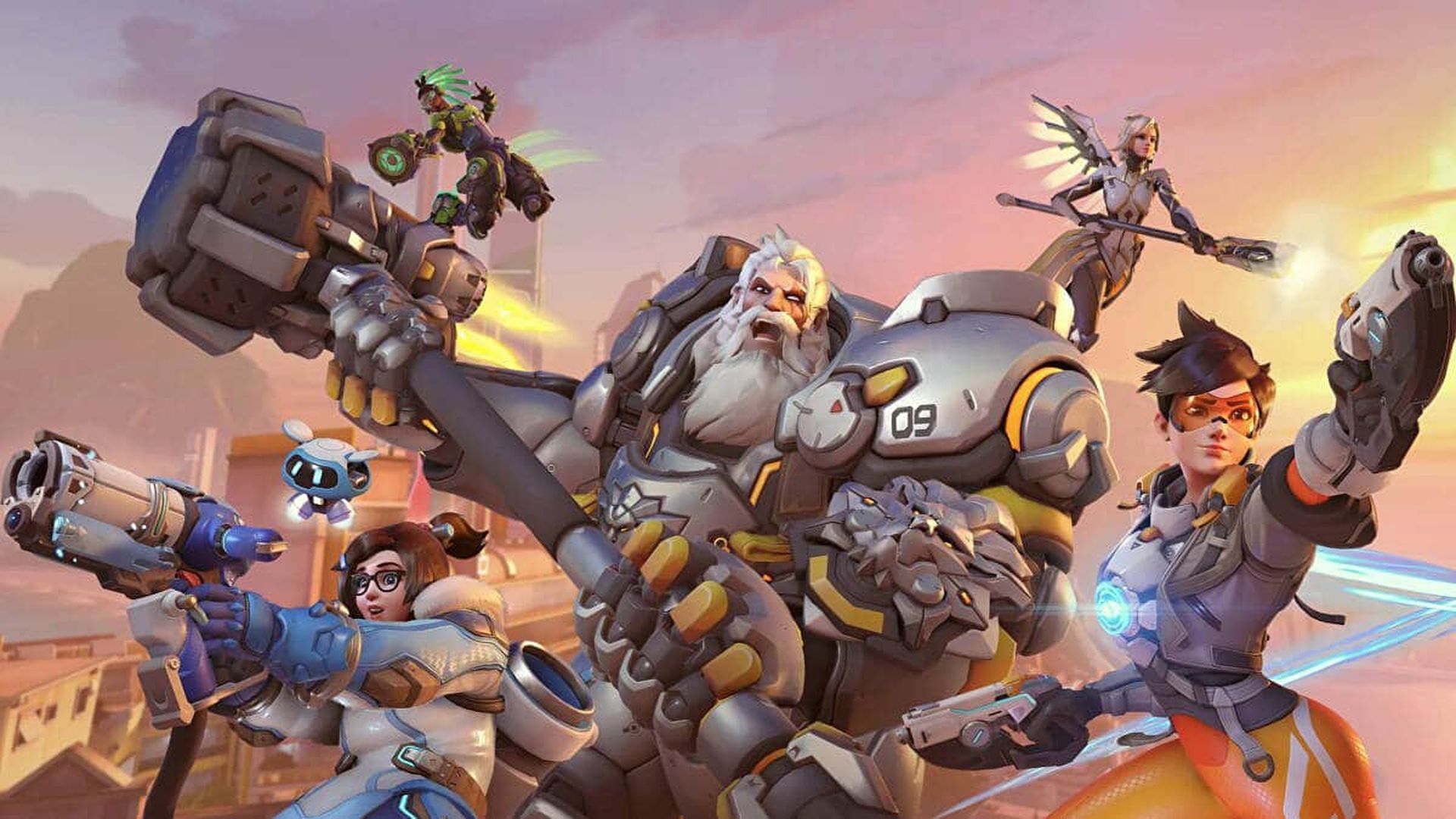Is Overwatch 2 good? This is the question on many gamers’ minds as the new game’s PvP launches for everyone to enjoy. Overwatch 2 occupies a liminal zone between a big upgrade to the first game and a genuine standalone sequel. It enters Early Access without its new cooperative PvE mode, which isn’t expected until next year, and the basic multiplayer offering contains an odd mix of old and new characters and maps. Overwatch 2 has been tough to nail down since it was revealed in 2019 – familiar, yet at times totally unfamiliar – and that sense hasn’t gone away even after we’ve sunk hours into it.
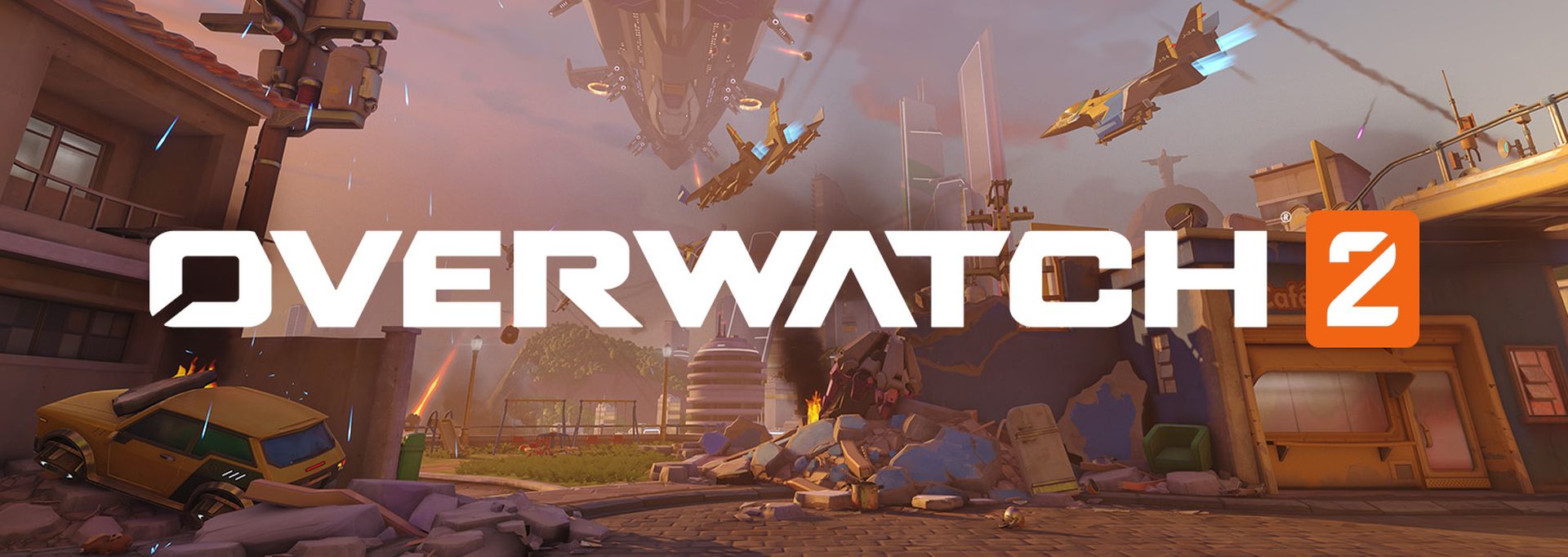
Is Overwatch 2 good?
While Overwatch 2 may seem just as quick and energetic as the breakthrough original, there’s plainly something odd with it. Perhaps it’s because Blizzard abruptly changed course mid-development, converting Overwatch 2 from a sequel with the same, shared multiplayer as Overwatch 1 into a free-to-play release that completely replaces the original game. While Overwatch 2 is an extension of the original, Blizzard has been vocal about its intention to bring in new players, and the sequel’s battle pass format and quicker, more frenzied gameplay reflects that.
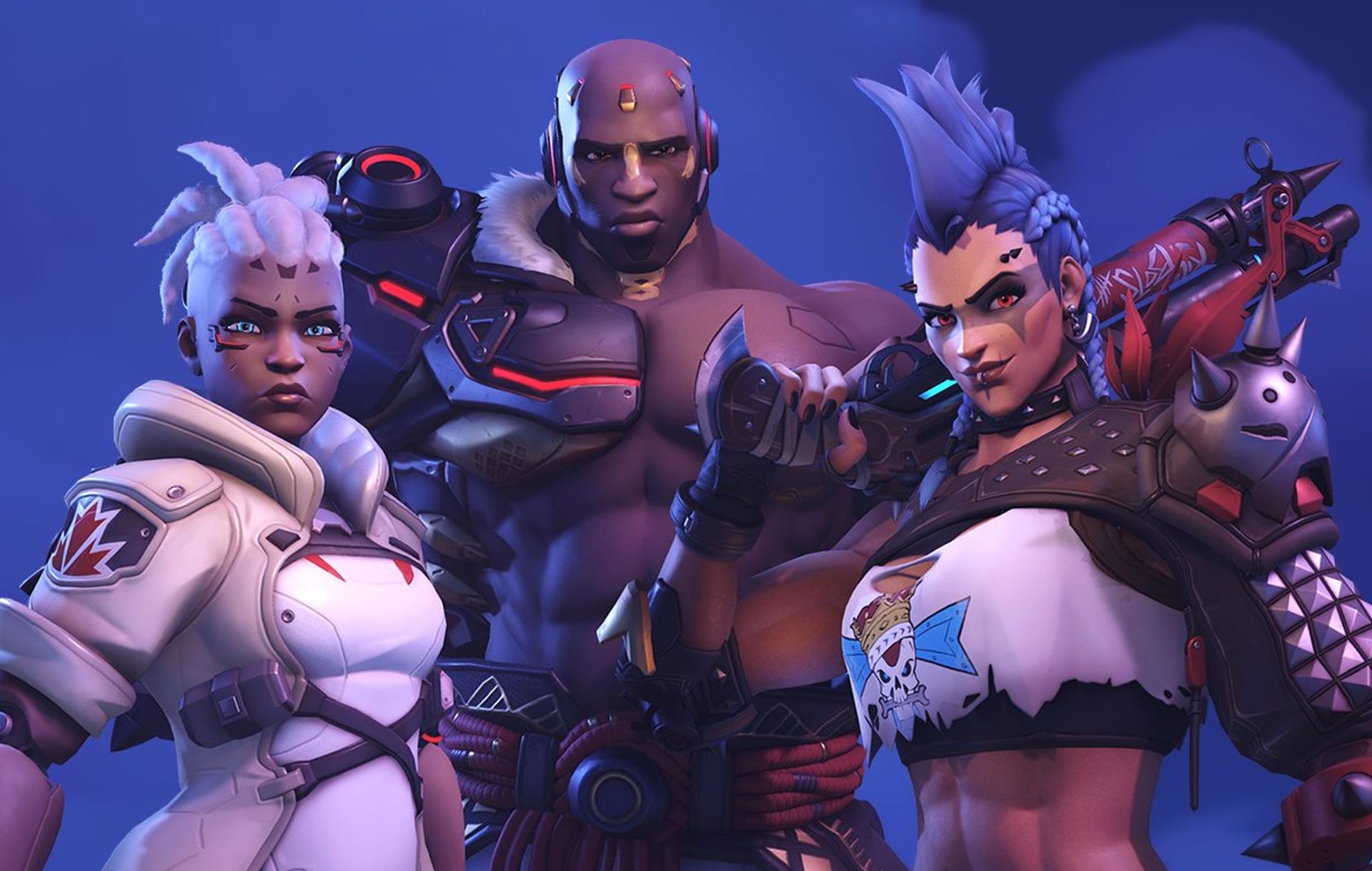
Overwatch 2 looks unquestionably fantastic. Legacy maps like King’s Row are significantly more legible and fascinating with their brilliant, vibrant colors and deep blacks. Every current hero has gotten a visual overhaul, including a new default skin, shinier metals, more defined facial features, and better-flowing hair, as well as crisper and more detailed effects that follow hero abilities. Blizzard has methodically updated every strand and strap, making Overwatch 2 seem and feel more than a basic improvement.
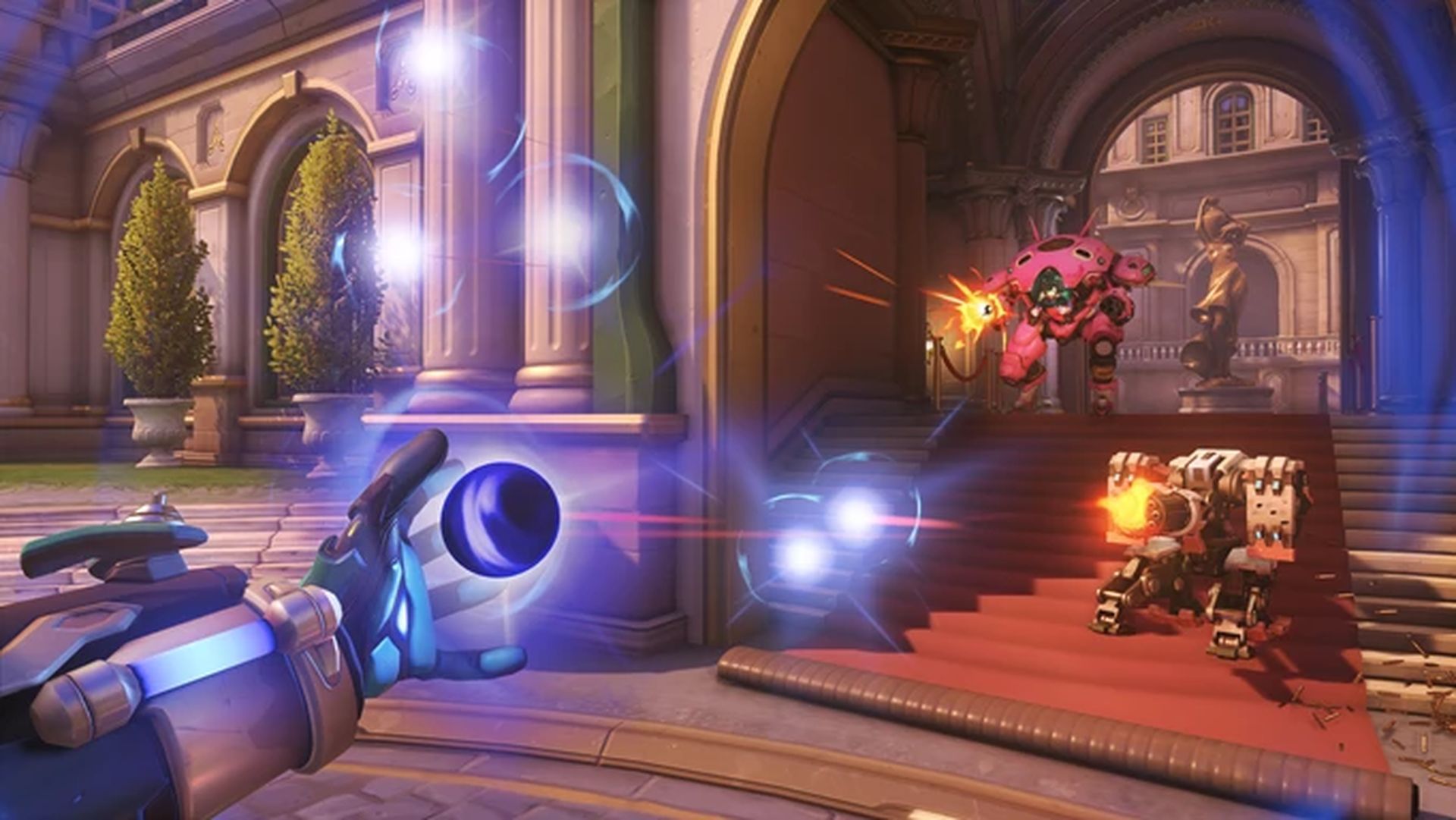
The same regenerating attitude has been transferred to character movement and battle, but this is where the issues arise. Overwatch 2 is a more aggressive and brutal experience than its predecessor. Blizzard’s choice to change the way teams are constructed resulted in most of the shift in gameplay and combat tempo, with the sequel focused on five vs five confrontations involving one tank, two healers, and two DPS heroes. It’s a seismic change with far-reaching consequences for the meta.
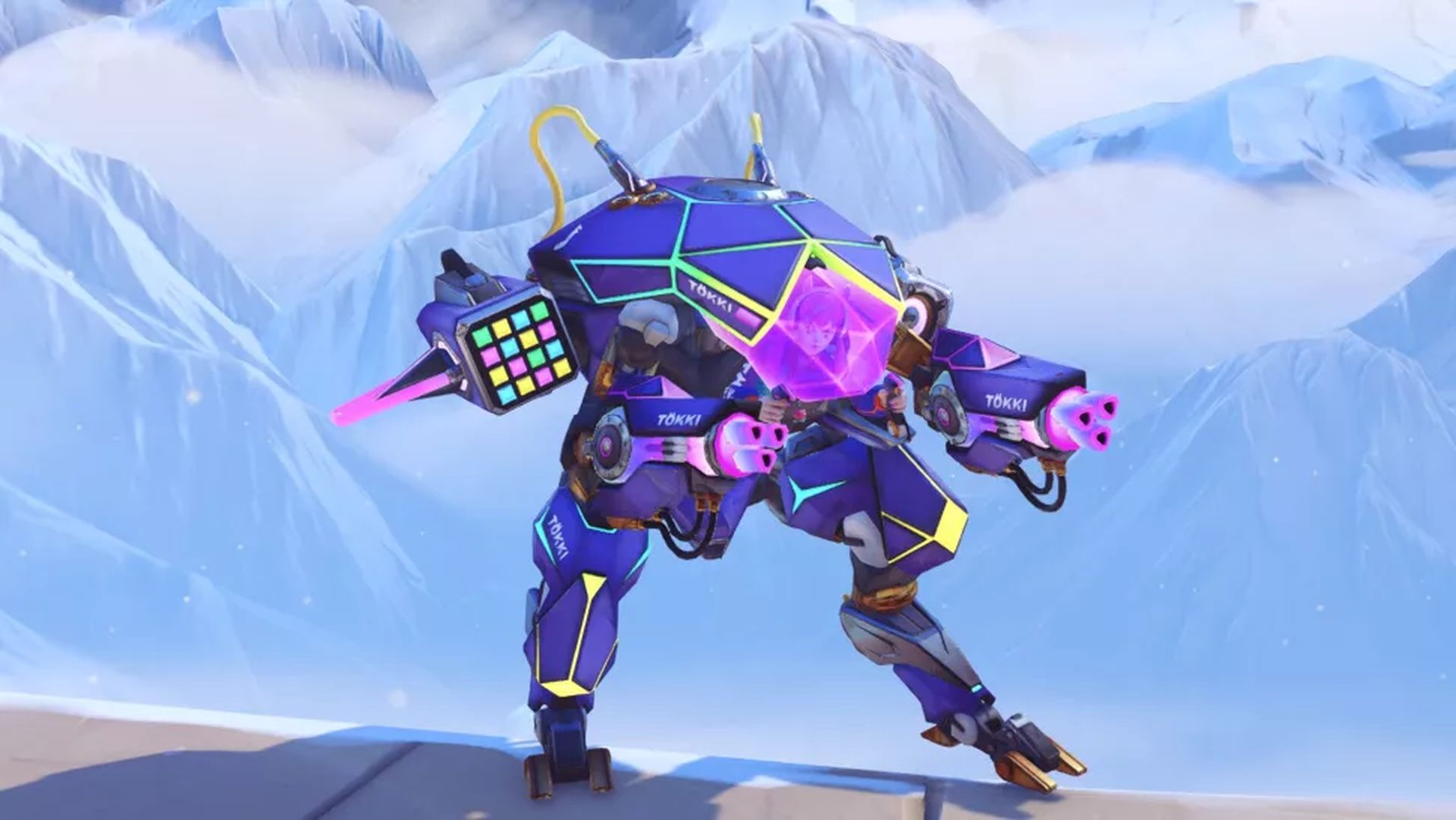
Support players are hung out to dry without a second tank, and with players naturally drawn to more aggressive, shieldless heroes like Orisa, Junker Queen, and Doomfist, they are at the whim of deadlier DPS players and heavier, harder-hitting tanks. We can’t help but think that Overwatch 2 is too quick and furious to have any genuine influence on a match’s outcome.
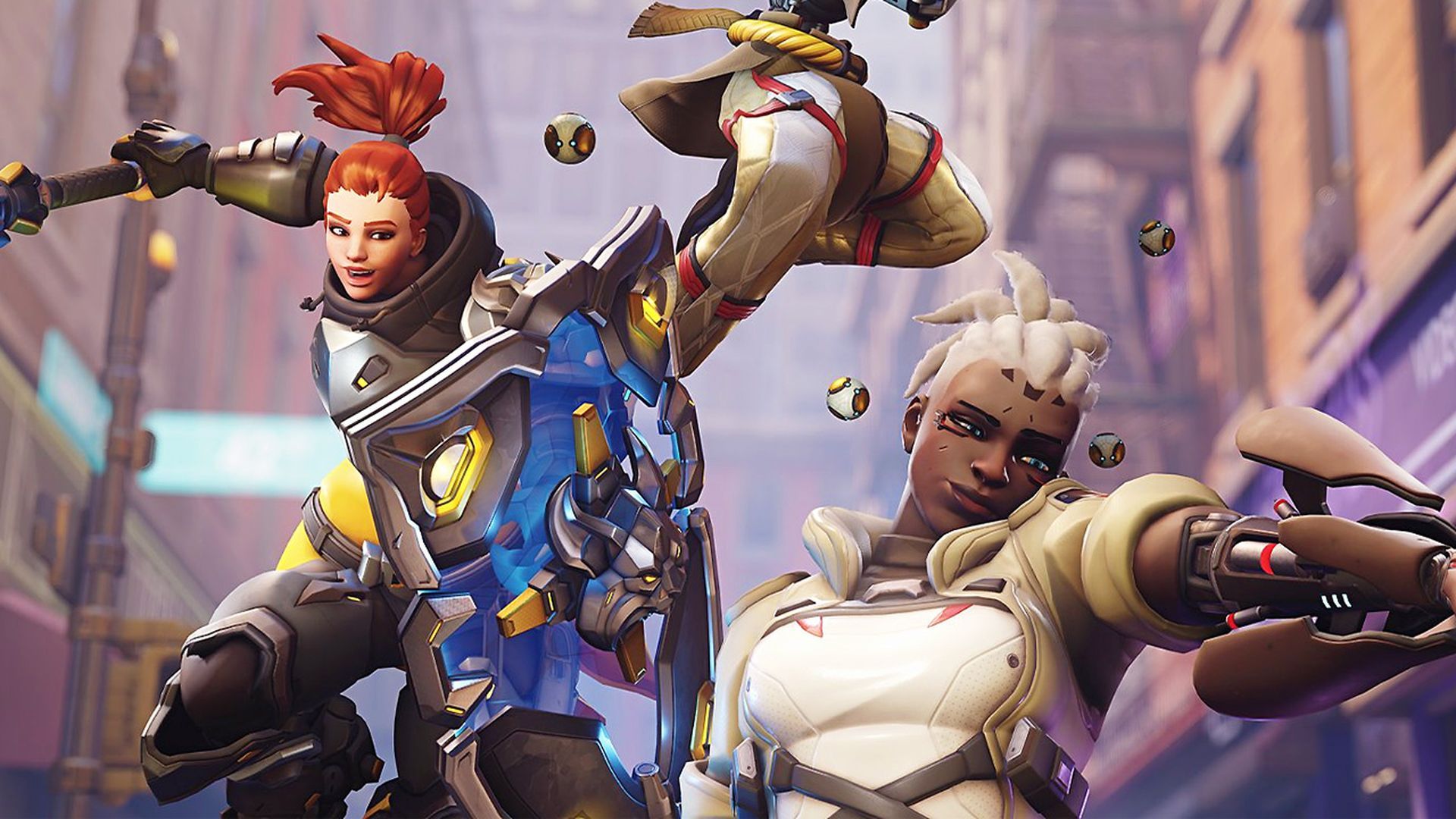
Attempts to heal teammates and keep them upright frequently result in your death – even with an update that allows all healers to passively recover health. Because the sequel’s schedule implies softer, squishier characters will spend a lot of time in the respawn chamber, every game seems like a round of deathmatch, even when there are goals to play towards.
There’s enjoyment to be had if you push yourself to forget everything you’ve ever learned about Overwatch and leap headfirst into the action with wild abandon. Jumping in with Junker Queen or the newly aggressive Orisa provides for exciting, engaging battles, especially now that tanks are more difficult to take down due to HP increases and the removal of most DPS heroes’ stun abilities.
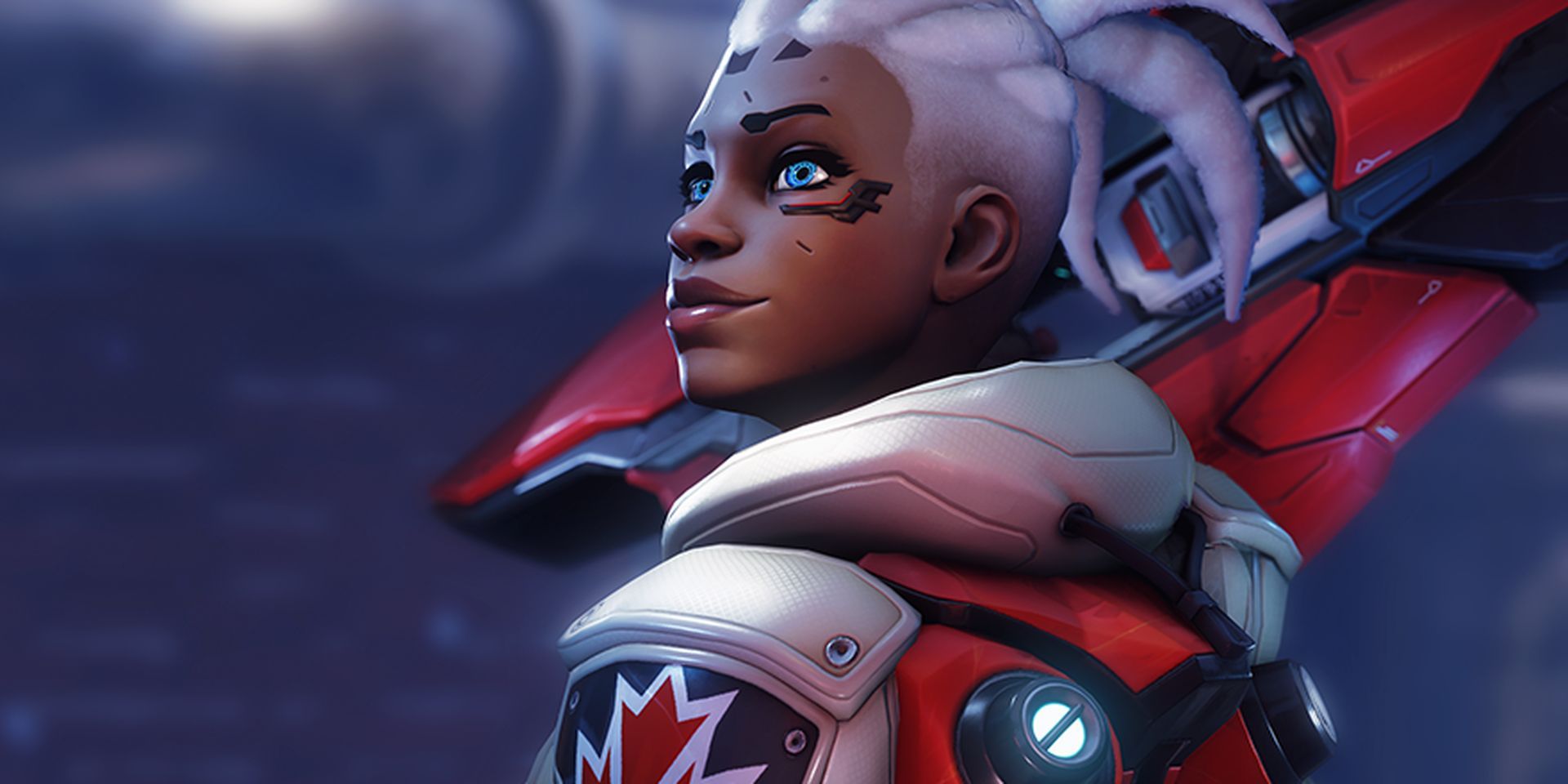
The tanks in the sequel are no longer “hunker down and get behind me” heroes, but bruisers and brawlers who charge into the conflict and hit everyone else. Throwing Junker Queen’s knife through Mercy’s head or slicing a Sombra and seeing her health slowly drain is definitely fun. It’s just not the same as Overwatch 1.
That, ultimately, is the problem. Overwatch 1 went through several changes over its lifespan, beginning as an approachable hero shooter until the Overwatch League arrived and increased the competitive ante at even the lowest skill levels. However, Overwatch 2 does not feel like a logical evolution, and although change is anticipated in a sequel, such substantial changes to the fundamental Overwatch DNA – especially since the first game is no longer available – risk alienating long-term gamers. Sure, Overwatch 2 is fresh and bright – but for whom?
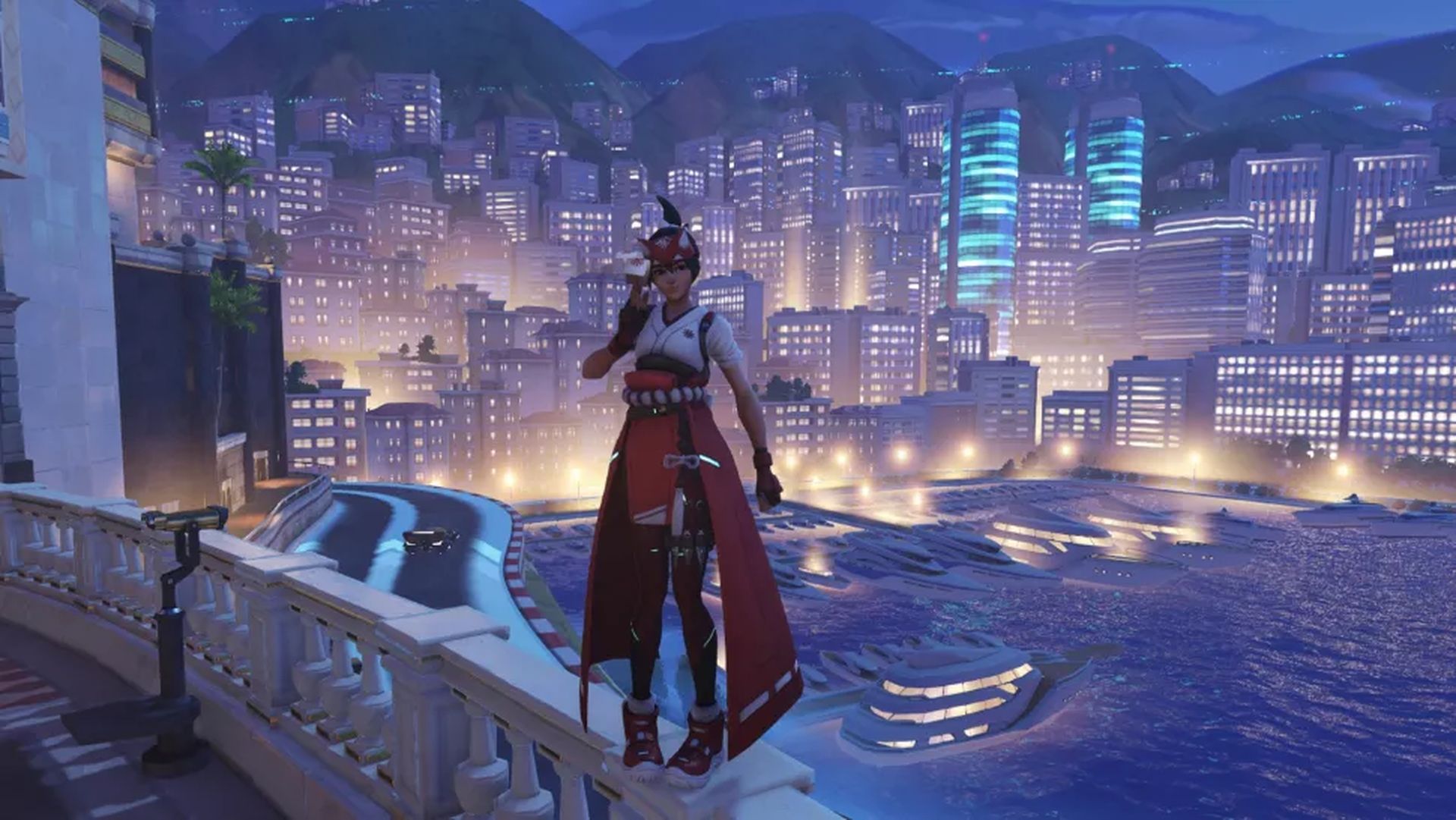
As a returning Overwatch player, you may have access to the complete roster of heroes, including originals Tracer and D.Va as well as newcomers Junker Queen and Sojourn. New players will not have access to the same heroes, but will instead participate in Blizzard’s new first-time user experience (FTUE) initiative. While this has been promoted as a technique to ease new players into a game with characters with widely different play styles, the FTUE roster and the order in which heroes unlock are difficult to grasp.
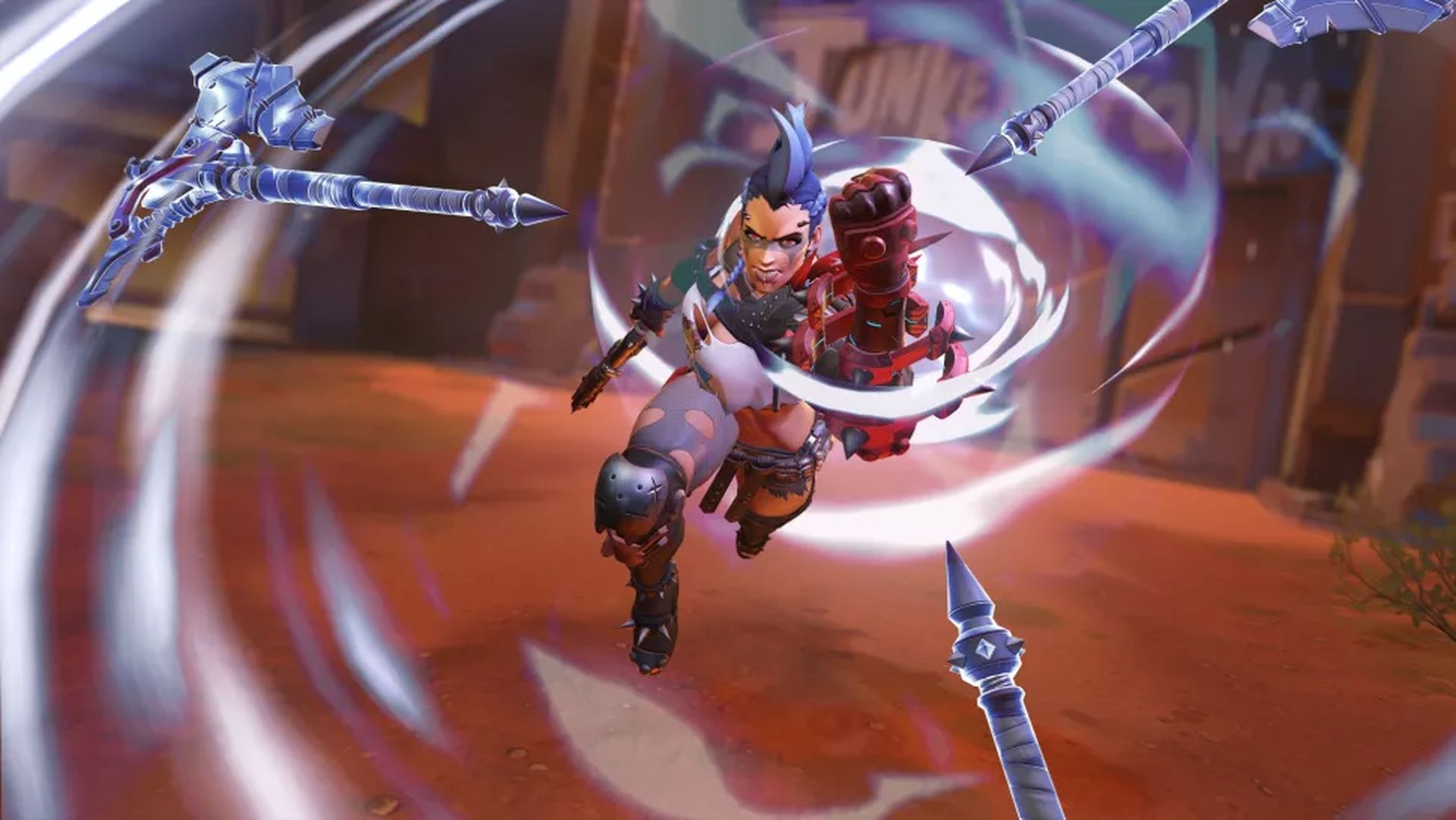
New players must play 100 matches to unlock every character, however, some of the heroes who are initially available have among the game’s highest skill ceilings. It’s easy to picture new players abandoning Overwatch 2 after failing to play as Genji or Zarya, making the choice to restrict play time for popular and simple-to-learn characters like D.Va problematic.
With the new Overwatch 2 battle pass format, which includes daily and weekly challenges, Blizzard is also (maybe unintentionally) encouraging individualistic play over collaborative collaboration, which is contrary to the spirit of the original games. If you don’t want to pay for the premium battle pass and obtain the new support hero Kiriko right away, you’ll have to proceed through the free battle pass to unlock her at Tier 55.
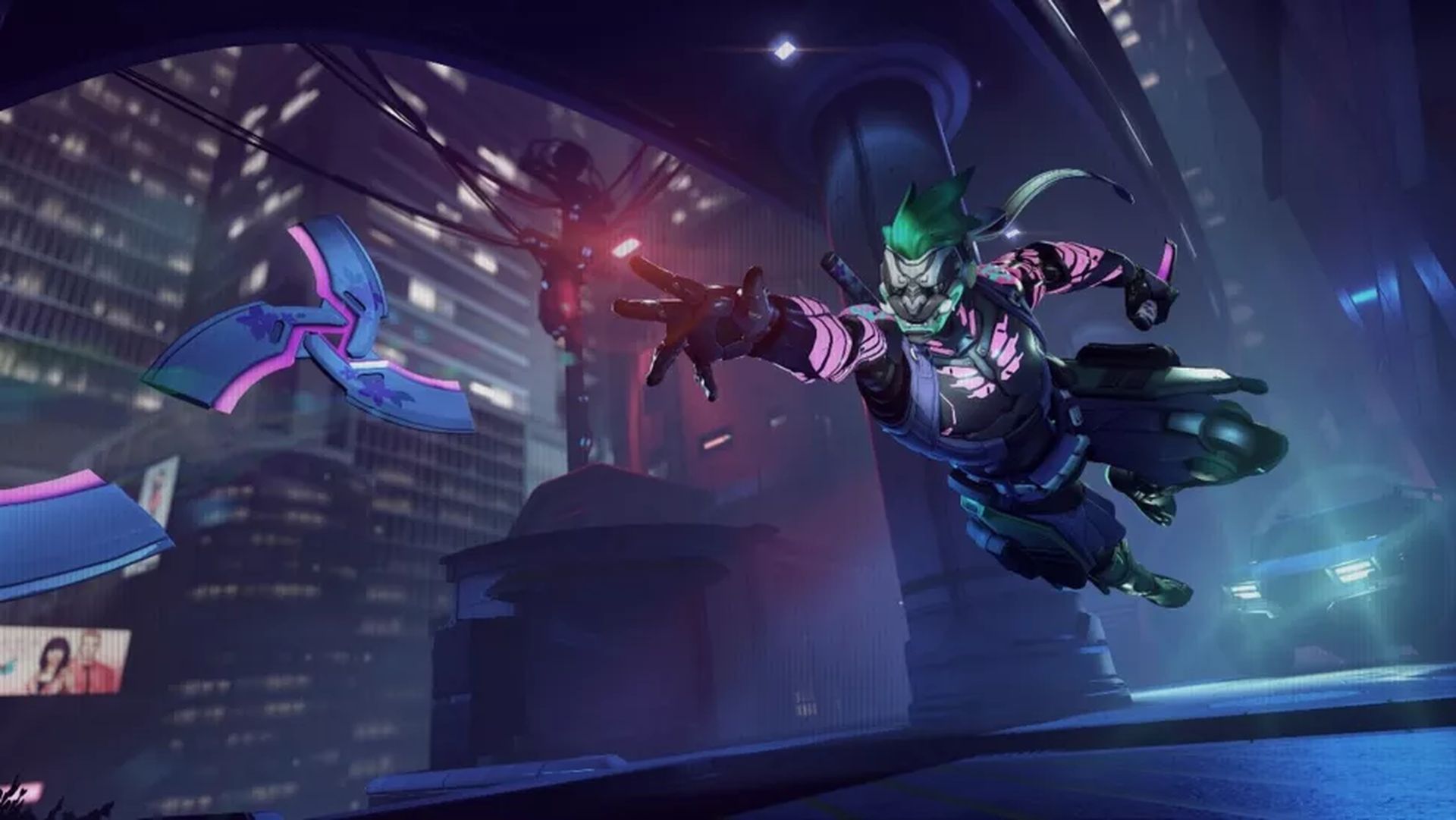
You’ll want to perform challenges to speed up your progress since it took us approximately an hour and a half to go up a tier through ordinary play. While some of the daily and weekly challenges merely require you to win games or play matches in a specific position, others radically alter the way Overwatch is played by rewarding players for particular achievements.
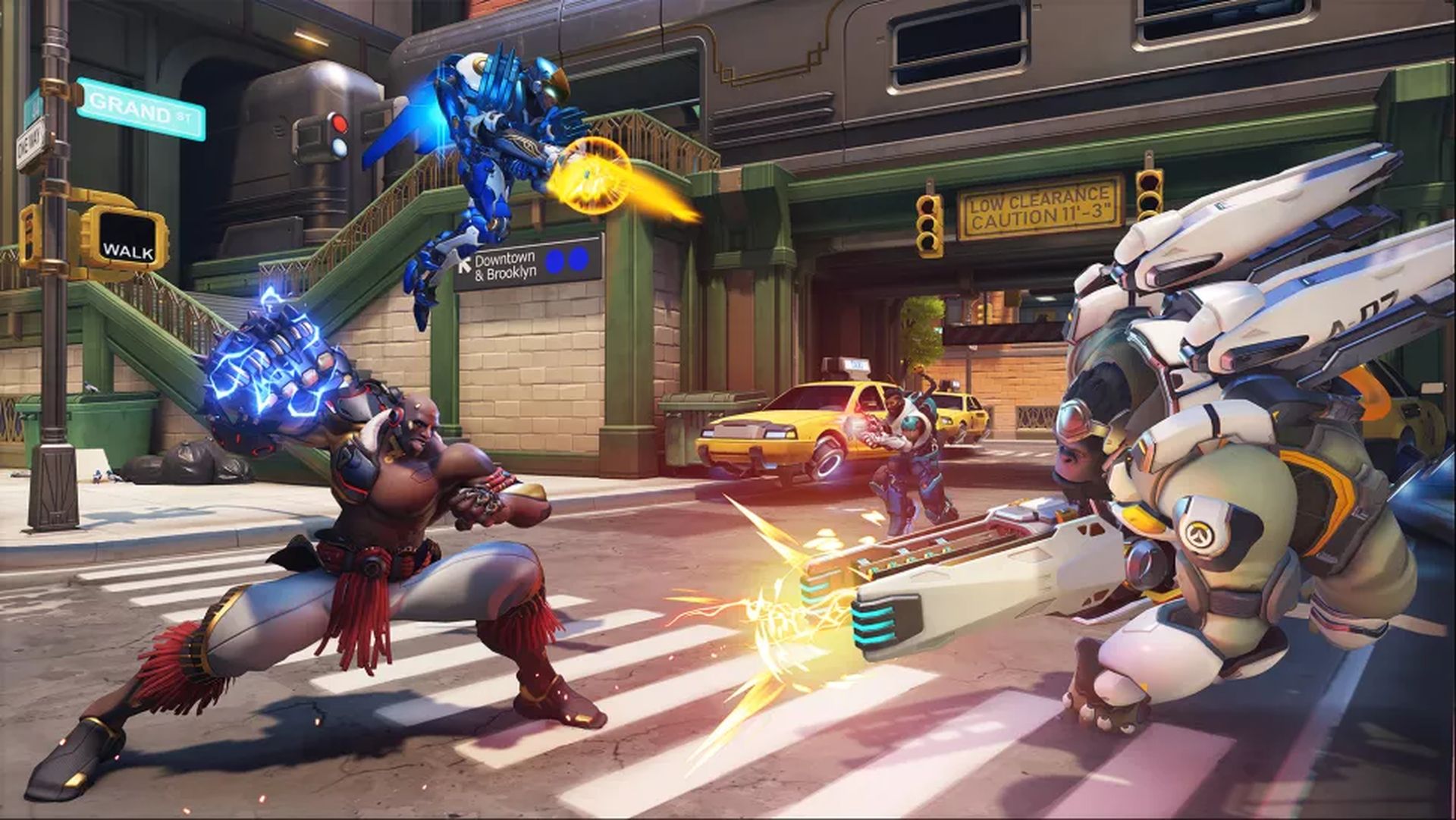
Our verdict
We can’t quite pin down who Overwatch 2 is targeting with the FTUE program, battle pass, and general gameplay adjustments. Despite the free-to-play foundation enticing a larger player base than the series has ever had, it feels fine-tuned for hyper-competitive play, while the Battle Pass structure erects barriers around content in a way that will naturally alienate players who don’t have ample stores of either time or money. While Overwatch 2 still delivers exciting and furious action on gorgeously vivid landscapes, it’s difficult to overlook how much it deviates from the original’s triumphs.
We hope that you enjoyed this article on is Overwatch 2 good. If you did, we are sure that you will also enjoy reading some of our other articles, such as Overwatch 2 aim feels off: OW2 aim-assist explained, or how to play Overwatch 2 without a phone number.

